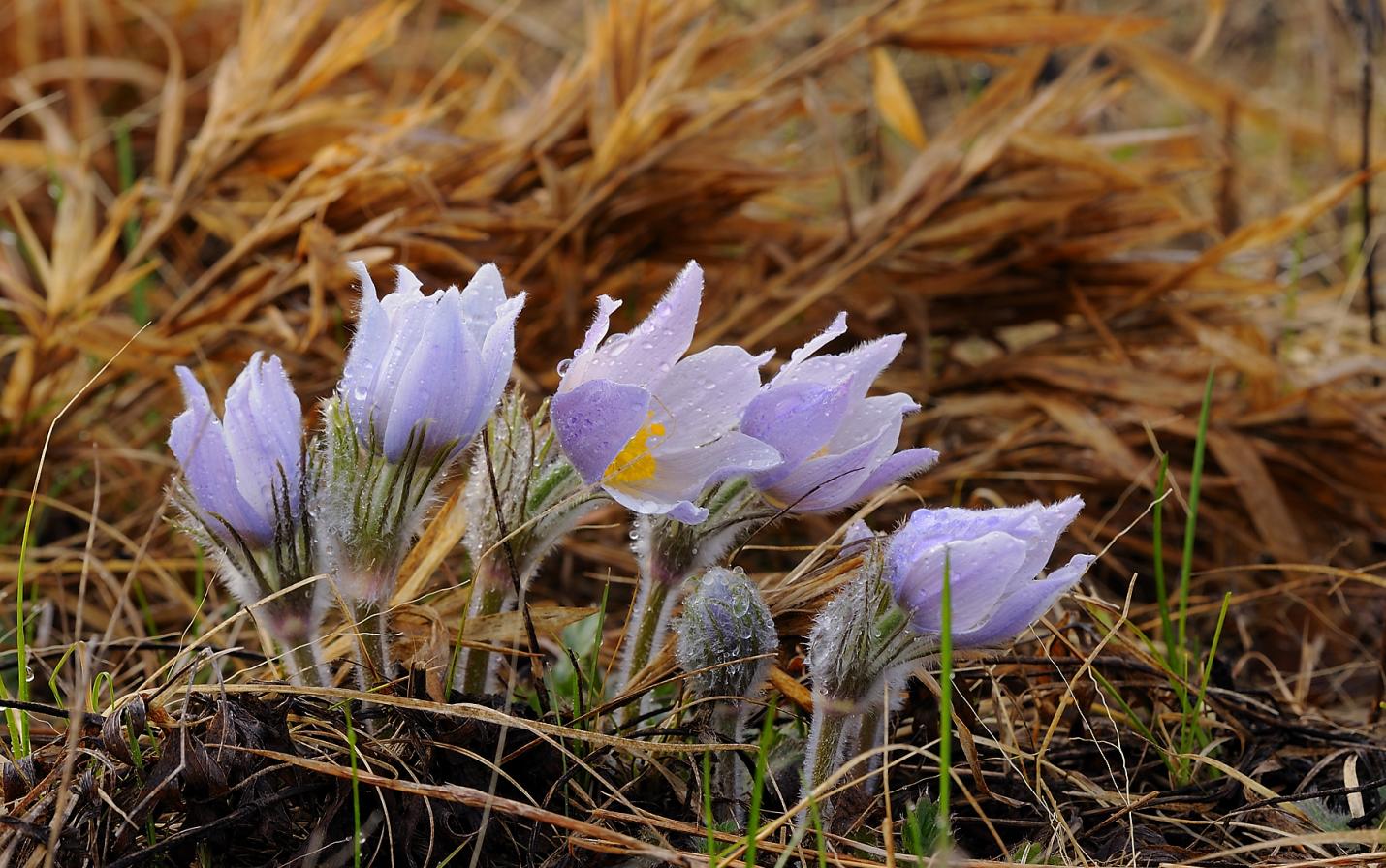
To escape the Wisconsin cold in February, I spent several weeks in Southern Utah hiking Zion National Park, Bryce Canyon National Park, Snow Canyon Utah State Park, and Nevada Valley of Fire State Park. No matter how many times I hike those parks, I am always thrilled by the majesty, the colors, the rock formations, and the unending vistas that the parks provide. An additional thrill is to examine the petroglyphs prevalent in the American Southwest.
A few hours north of St. George, Utah, at Parowan Gap, an entire canyon wall of petroglyphs reveal evidence of the Fremont, Southern Paiute and Hopi clans that traveled through the gap at different times and chiseled images on the rocks hundreds of years ago. Many hypotheses exist as to the purpose of the petroglyphs. Are they religious symbols, directions to water and food, or art? Rock art scholars admit there is no single answer.
As I stood before the rock art at Parowan Gap, I thought aloud: Who were these people who left the carvings? Why did they take the time to carve figures of animals, people, and symbols on the canyon walls? Why were the petroglyphs important enough that they would take time to leave behind evidence of their culture? One cannot view the petroglyphs without feeling awe, a sense of wonder at the connection the indigenous people had with the land.
Wisconsin’s Driftless Area is not known for petroglyphs, but Roche A Cri State Park, about 30 miles north of the Wisconsin Dells and 40 miles west of Tomah, has a 300-foot sandstone rock formation that managed to escape the last Ice Age. At its base is the only spot in Wisconsin with accessible petroglyphs and pictographs that date back to 900 A.D. I've put the park on my “to visit” list.
Before I left for Utah, Dave Skoloda and I hiked for a few hours at the Holland Sand Prairie nature preserve, the only undisturbed wind-formed prairie in the area. If you are looking for breath-taking vistas, the smell of pine, or challenging inclines, this is not the park for you. But if you appreciate a look at native prairie plants: hairy puccoon, prairie smoke, and silky prairie clover, then this park is for you. If you enjoy a leisurely stroll through rolling dunes and hollows, then this park is for you. If you want to hear the song of a rare bird, then this park is for you. If you need a site of solitude in the middle of suburban development, then this park is indeed for you. It will not disappoint you.
As Dave and I hiked through the prairie, Dave shared the history of the preserve. George Varnum, a prairie enthusiast who lived across the road, was the first person to begin documenting the diversity of native plants at the site in 1997. He alerted the Wisconsin Department of Natural Resources and the Conservancy to what he was observing. Because of Mr. Varnum and Jim Fowler, an MVC Board Member at the time who provided interim funding to purchase the property, the public now has access to 61 acres of prairie and the opportunity to see large colonies of sand-prairie plants that appear to have been undisturbed since European settlers entered western Wisconsin. The Town of Holland also made a crucial commitment to preserve the prairie, contributing nearly $300,000 to purchase the land. Ownership of the prairie has subsequently transferred to the town. Today, the Holland Sand Prairie is recognized as a Wisconsin State Natural Area for its unique and diverse mix of native plants and wildlife.
There is no visible evidence of the indigenous people who undoubtedly lived and hunted and gathered on the prairie. We do not have their petroglyphs to admire and study. But because of modern pioneers such as Mr. Varnum, Mr. Fowler, The Friends of the Holland Sand Prairie and its long-time leader Pete Putnam, and the Town of Holland citizens, everyone can connect with a section of the Mississippi River Terrace created more than 20,000 years ago – the Holland Sand Prairie.
My visit to the Holland Sand Prairie caused me to reflect: What contributions can I make to guarantee the preservation of wilderness in the Driftless Region? What am I willing to do to preserve the biodiversity of plants near my home? What can be learned about this place from the descendants of indigenous people who once hunted here? Who will have the vision to see why this undisturbed prairie is more important than a new strip mall or a new residential community. The Holland Sand Prairie is our preserved “petroglyph.” Centuries from now, people will gaze at the prairie and give thanks to the people who preserved it.
Grant T. Smith is a retired Viterbo University English professor who has hiked to the highest point of each of the 50 states except Alaska where he settled for hiking around Denali. He lives in La Crosse.
Photo of pasqueflower courtesy of William Petersen.
More information and a trail map for the Holland Sand Prairie nature preserve are available at this link.